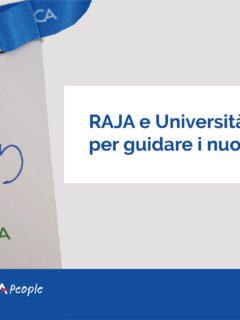ISPM15 Standard
The transport of wood packaging is subject to the ISPM15 International Standards For Phytosanitary Measures No. 15.
This is a regulation of phytosanitary measures with the aim of reducing the spread of harmful organisms from one continent to another.
This law is applicable to raw wood packaging over 6 mm thick, intended for export outside the EU.
The ISPM15 standard became necessary with the globalisation of markets, the increase in trade and the resulting risk of introducing pests, insects and weeds that can cause serious damage to local vegetation and the ecosystem into which the packaging is introduced. But not only that, this also preserves the safety of all people who come into contact with the packaging.
This measure was decided by the Food and Agriculture Organisation of the United Nations (FAO) and introduced through the IPPC, the International Plant Protection Convention.
TheIPPC is a multilateral treaty that aims to harmonise rules governing imports that could have a potentially negative impact on crops and forests. Each country has its own version of the IPPC/FAO mark and the Italian version of this standard is the FITOK certification.
What does the ISPM15 standard provide for and how to choose compliant packaging?
Specifically, the standard requires:
- To treat the wood of packaging with HT (high temperature) heat treatment;
- To mark compliant packaging indelibly with the special ear-shaped logo.
The responsibility lies with the sender: he must ensure that the packaging used complies with this standard. Phytosanitary inspectors are authorised to carry out checks and controls on the application of the ISPM15 standard. If irregularities or non-compliance are found, administrative sanctions will be applied, unless the fact found does not constitute a criminal offence.
Packaging suitable for ISPM15 regulation and consequently for export:
If you use, wooden RAJA pallets and crates you will not have to worry about running into any problems because they are ISPM15 compliant and have the required marking.
- For export savings, choose plywood crates:
They are 70% lighter than wooden crates. They do not require treatment and the ISPM15 logo.
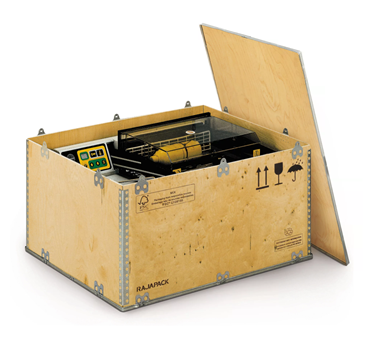
- For easy handling, choose RAJA wooden pallet crates:
The wooden plinths provide high impact resistance, which is combined with the lightness of the plywood crate. The pallet base has undergone HT (high temperature) treatment, which involves heating the heart of the wood to 56° C for 30 minutes, and is therefore marked and conforms to the ISPM15 standard.
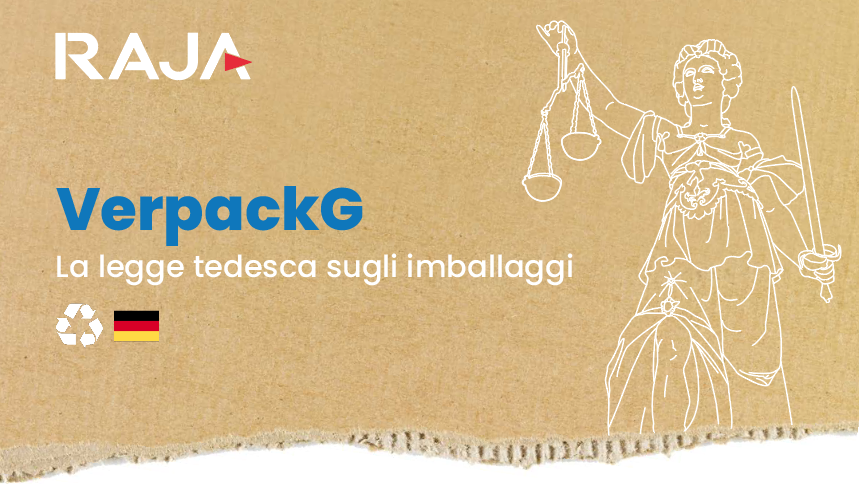
- For your shipments to faraway countries, for exceptional robustness and safe handling, choose RAJA crates.
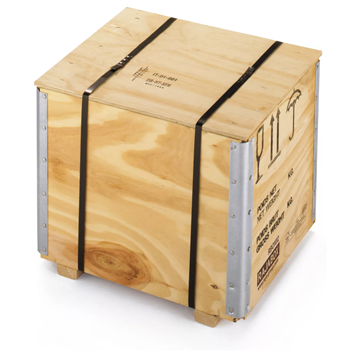
- For a returnable container that is adaptable and indestructible, choose the wooden folding walls.
Please note that the ISPM15 standard does not apply to cardboard or plastic packaging.
Suitable pallets according to the ISPM15 standard
- What is fumigation?
Fumigation refers to the treatment of pallets with methyl bromide (MB). Please note that this type of treatment has been banned in the European Union since March 2010.
Fumigation has been replaced by HT treatment.
In order to comply with the IPPC, pallets and wooden packaging are subjected to the HT (high temperature) treatment, which involves heating the heart of the wood to 56°C (for 30 minutes). Only then can the packaging be identified with the IPPC/FAO – FITOK mark.
- How to recognise suitable pallets and packaging?
You can recognise them easily thanks to this logo, which is indelibly printed on them.
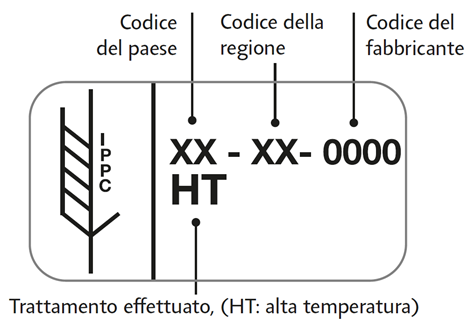
Looking for a light but sturdy pallet? Try the pressed wood palletspallets, which are twice as light as conventional pallets, will save you money on shipping costs.
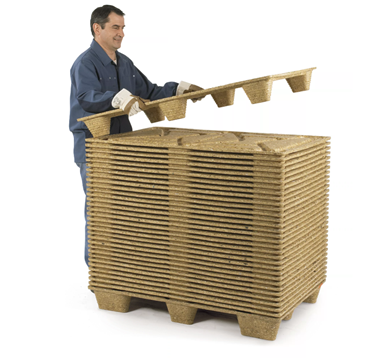
It doesnot require marking or additional treatment for shipments to countries subject to the FAO ISPM15 standard, because it is made of exempt material, classified by the standard as “NO WOOD PALLET”.
In general, plywood or pressed wood packaging does not need to be treated during manufacture or marked because it has already been heat-treated.
Conventional pallets marked EPAL (European Pallet Association), on the other hand, must carry the logo certifying their suitability, otherwise they cannot be placed on the market.
The European Pallet Association is responsible for the quality of pallets that are used worldwide.











